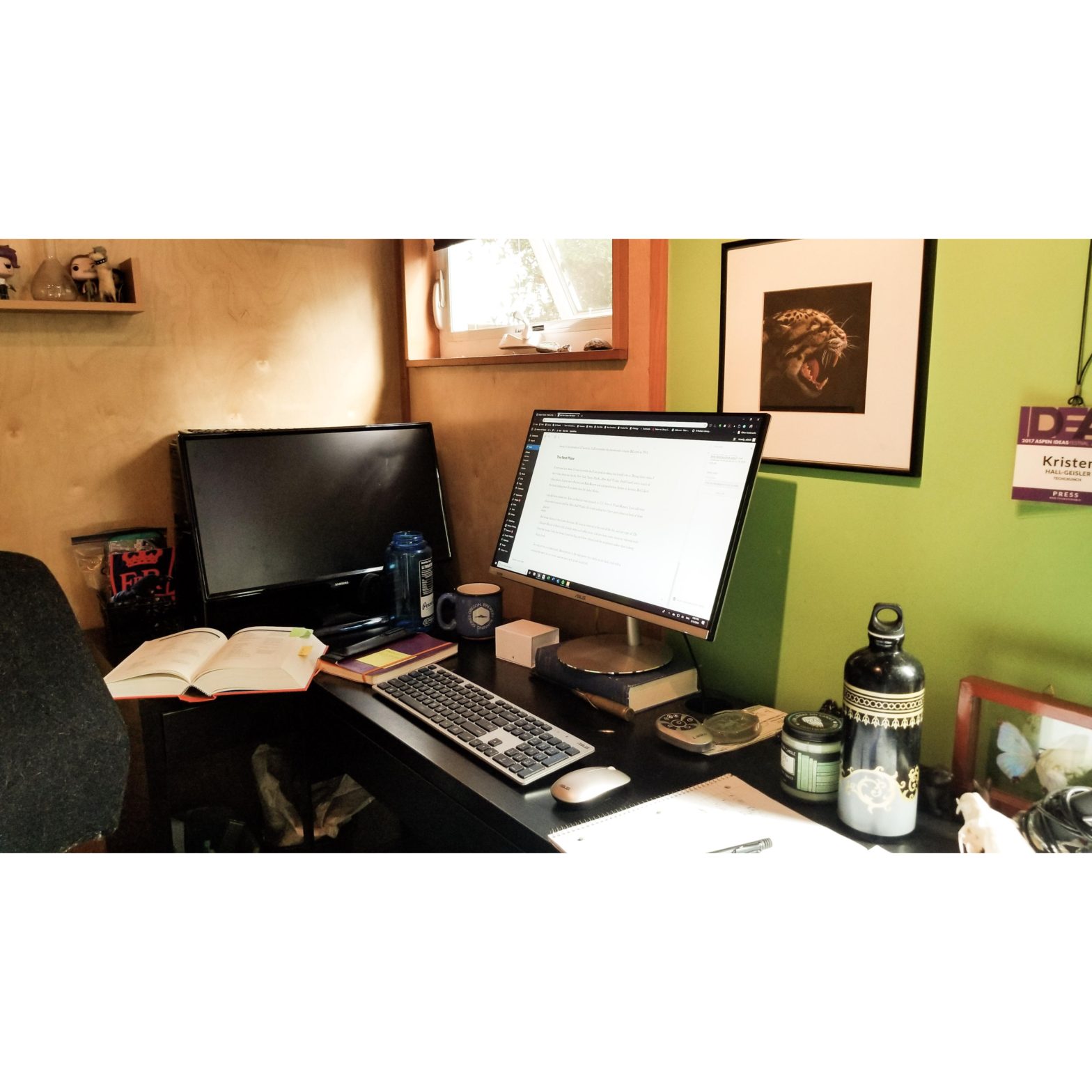Your cart is currently empty!

How I Became a Book Editor
I’m realizing now, after working as some variety of editor since 2004, that people take many different paths to become book editors. There are degrees and certificates, and there are internships and mentors. I went the DIY route, but only because I didn’t know any better. This isn’t a blueprint or a life plan I would recommend, but it is the way it worked out for me. If you seem to be on a strange path and yet headed for book editing, and that’s what you want to do, take heart! Your strange path isn’t necessarily wrong.
Phase One: Magazine Editing
In the early 2000s, I was hired to do data entry at a car magazine. It was a lot of logging new subscriptions and sending files to the printer for mailing. But somehow, I ended up doing some proofreading for the magazine.
I knew grammar and spelling; I could fix things. It was a small enough magazine in page count, staff, and circulation that this seemed fine to everyone. We did have a professional freelance proofreader who marked up the printed pages by hand every month. Bill would bring them into the office, and I often ended up entering his changes. I learned a ton from Bill, and I googled the proofreader’s marks he used to learn what he wanted me to do. Then I started using those marks too.
I got pretty good at proofreading, so I moved up to copy editing. It was easy to move up; entire departments at that magazine had one person in them. I became the copy editing department when the previous copy editor left to to travel the world on the cheap with his wife for a year. He gave me as much training as he could, and then I swam in the deep end for a while.
I became a pretty good copy editor, and I had shown a love of filling in to-do items and checking them off on the big shared whiteboard where we tracked the status of the magazine’s content each month. Those skills meant I became the managing editor. I worked much more directly with the writers to improve their work, and I still copy edited a lot of those pieces. And I wrote quite a bit for the magazine too.
Phase Two: The Word Mines
When I left the magazine in 2006, I planned on being a freelance writer with a little editing on the side. So I took as many writing gigs as I could, and I eventually signed on with a business that provided editing services for early-days indie authors.
Some of the books I worked on were brilliant and probably should have been shopped to agents and traditionally published. Some were total trash that should not have been printed at all. Some needed the lightest of touches to polish them to sparkling, and some needed heavy-handed sandpaper to make them readable. My rate was the same either way, and it was non-negotiable. It was also not very high.
I never got to interact with the authors, which was odd. The editors’ names in Word had to be set to the level of edit they were working on, so Line Editor or Proofreader would show in the comments. I did get feedback from the company, which did improve my editing acumen. I also worked on dozens upon dozens of books with quick turnaround times. It was a slog and an education. And I burned out.
Phase Three: Indigo
Luckily, around the time that I knew I could not go on with these editorial mills, I picked up some of Indigo Editing’s overflow work. After a few projects, owner Ali asked me to join the team. I also take clients privately; however it works out best is fine with me.
In any case, I now get to work closely with authors (if they want to), and I get to pick which books I work on. I specialize in historical fiction, works in translation, and nonfiction because I like to look up details and fact check things. Over the years, I’ve learned that I like developmental editing and line editing best, though I can proofread if I need to. I still remember the proofreader’s marks Bill used in 2004.
The Next Phase
It only took me about 15 years to realize that I am good at editing and I really love it. During these years, I also wrote about cars for the New York Times, PopSci, How Stuff Works, TechCrunch, and a bunch of other places. I got to drive Ferraris and Rolls-Royces and a pre-production Spyker in Arizona. But I liked the book editing best. Even better than the Aston Martin.
I do still write about cars. You can find my work regularly at U.S. News & World Reports. I also still write about weird non-car stuff for How Stuff Works. (It’s worth noting that I have great editors at both of those places.)
But book editing is what I love the most. My brain is worn out at the end of the day, and my copy of The Chicago Manual of Style is full of sticky notes and coffee stains. I learn more about my editorial craft from the books I edit, the books I read for fun, my fellow editors, and the occasional online class to keep things fresh.
So yeah, it was a crooked path. But it got me to the right place: in a studio in my back yard with a manuscript open on my screen and an open style guide to my left.